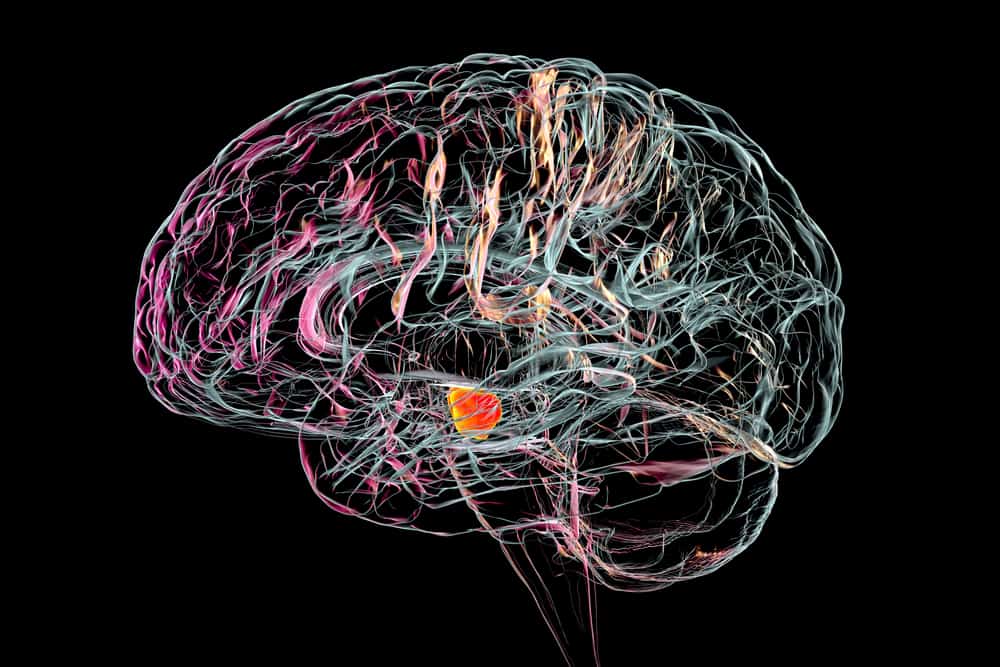
Have you ever wondered "How common is Parkinson's disease?" Parkinson's disease is the second most common neurodegenerative disease, second only to Alzheimer's disease. More than 10 million people around the globe are living with Parkinson's disease, while in the United States, nearly one million people are living with it. As the population ages, this number is projected to rise to 1.2 million by 2023.
In this article, we will provide a high-level overview of Parkinson’s disease, including common symptoms, causes and risk factors, diagnosis, and treatment.
Parkinson’s disease is a progressive neurodegenerative disease that primarily impacts dopaminergic (dopamine-producing) neurons in the substantia nigra—a region of the brain essential for movement and motor control. Parkinson’s disease, while a chronic condition, can be well managed. There are medications, procedures, and several supportive therapies available to ease the symptoms of Parkinson’s disease, allowing those living with Parkinson’s disease to lead fulfilling, productive lives for many years.
Throughout the disease course, people living with Parkinson’s disease may experience a range of motor- and non-motor-related symptoms. Non-motor symptoms can include changes to cognitive abilities and autonomic dysfunction.
There is no single cause of Parkinson’s disease. Parkinson’s disease is currently believed to be a multifactorial disease, meaning it develops from a combination of several factors. Risk factors for Parkinson’s disease include:
Currently, there is no single test to diagnose Parkinson’s disease. Instead, Parkinson’s disease is diagnosed “clinically,” meaning a diagnosis is dependent on medical history, answers to certain questions, a physical examination, and the presence of specific physical symptoms. Typically, Parkinson’s disease is considered likely in people who exhibit two or more of the following symptoms:
The general process for diagnosing Parkinson’s disease typically follows these general steps:
While this process is often sufficient for providing a correct diagnosis, doctors may suggest further testing, such as brain imaging, to rule out any conditions that mimic the symptoms of Parkinson’s disease.
Currently, Parkinson’s disease is treated based on what symptoms are present. Because symptoms can vary significantly from patient to patient, treatment plans can vary. Regardless, doctors often prescribe a combination of effective medications based on symptoms. This may include the use of medications such as:
Depending on the severity of symptoms and how long the person has been living with Parkinson’s disease, surgical procedures such as deep brain stimulation may be recommended as part of treatment. Supportive therapies, such as physiotherapy, occupational therapy, and speech and language therapy, may also be used to manage symptoms.
Altoida’s mission is to accelerate and improve drug development, neurological disease research, and patient care. To learn more about our precision-neurology platform and app-based medical device, contact us.